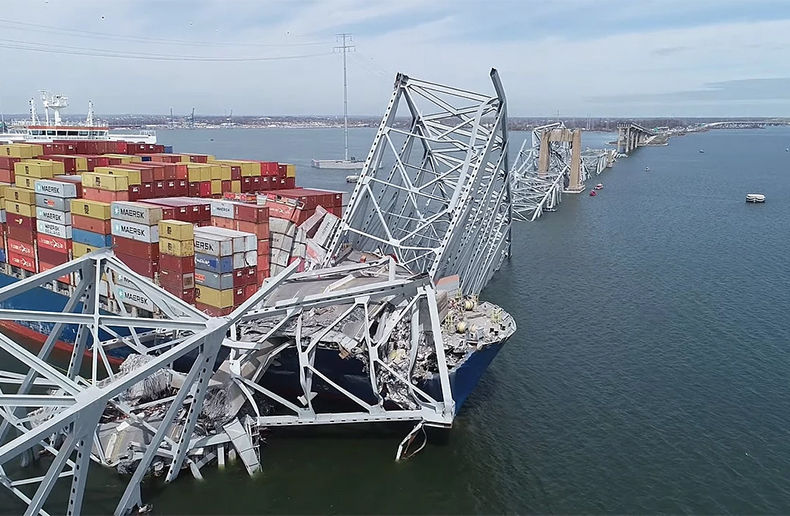A recent AM Best report says that a decade-long upward trend in total dedicated reinsurance capital ended in 2022 with a decline of 7 per cent to $530-billion (all figures in US dollars).
The year-over-year total dedicated reinsurance capital decline in 2022 was the first recorded since the annual reinsurance examinations began in 2012.
The decline was primarily driven by mark-to-market investment losses in traditional reinsurance capital, according to the report entitled Best’s Market Segment Report: Dedicated Reinsurance Capital Fluctuates Amid Volatile Market Dynamics. The report says traditional reinsurance capital saw a 14 per cent decline by year-end 2022, going down to $411-billion, compared with $475-billion by year-end 2021.
“Most of these losses were due to rising interest rates, widening credit spreads and heightened equity market volatility,” write the experts.
The report also says that third-party reinsurance capital essentially remained flat through 2022.
“Deterrents to the introduction of new third-party capital in recent years include loss fatigue, model uncertainty and opportunity costs for potential new market participants,” write the experts. “Additionally, investors were not immune to market volatility in 2022.”
AM Best, however, anticipates that some of the investment losses will dissipate and that capital will be generated through operating returns in the remainder of 2023.
“The initial estimate for 2023 is a 5.6 per cent overall increase to $560-billion in dedicated reinsurance capital, predominantly from traditional capital growth,” the report says. “However, this estimate does not include possibility of new reinsurers being formed, as any formations through the second half of 2023 would likely not provide capacity until 2024.”
Related: Industry expert publishes global reinsurance outlook













